Tantalum Nitride Thin-Film Resistors in Microelectronics
Brief Overview of Tantalum Nitride
Tantalum nitride is a compound composed of tantalum and nitrogen. It is highly regarded in the manufacturing of microelectronic devices due to its stable properties. Manufacturers utilise this material for thin-film resistors. Thin films are ultra-thin layers that function effectively within electronic circuits. Over the years, various engineers and scientists have acknowledged its utility. Its straightforward structure and dependable performance position it prominently within the electronics industry. The chemical formula for this material is TaN, and it is employed in several devices where stability is critical.
Material Properties Relevant to Thin-Film Applications
Tantalum nitride possesses a series of properties that cater to thin-film applications. Its electrical resistivity remains consistent across a broad temperature range. In various tests, its resistivity remains stable despite temperature fluctuations of tens of degrees Celsius. Tantalum nitride exhibits excellent thermal stability, functioning adequately in environments subjected to regular heating and cooling cycles. The material also resists oxidation, which is essential for the longevity of components. Thin films generated from tantalum nitride demonstrate durability with minimal alterations over time. In specific instances, films as thin as 50 nanometres can deliver reliable performance. The material is also compatible with other metals and silicon, facilitating smooth industrial processes in integrated circuits and other microelectronic devices.
Use in Thin-Film Resistors
Thin-film resistors utilise extremely thin layers of material to regulate electrical current, with tantalum nitride being one such example. The typical procedure incorporates sputtering techniques to deposit a layer onto a substrate, such as glass or silicon. In brief, a thin layer of tantalum nitride is created, followed by etching to define the resistor pattern. The process is careful and dependable, with numerous engineers relying on tantalum nitride templates due to their reliable repeatability. The resistivity characteristics help refine resistance values within electronic circuits. For instance, a tantalum nitride film could yield a resistance ranging from 1 ohm to several megaohms, contingent upon thickness and processing conditions. Various industrial environments apply tantalum nitride resistors in devices where precision and longevity are paramount.
Further reading: Tantalum Products in Electronics
Advantages over Other Materials
Tantalum nitride distinguishes itself from other resistor materials due to its favourable temperature coefficient compared to alternative options. Thus, the resistance value exhibits minimal change as temperature varies. It also possesses resistance to oxidation and corrosion. Competing materials may degrade in moist or elevated temperature conditions, while tantalum nitride offers a prolonged lifespan with minimal deterioration. Furthermore, tantalum nitride films afford precise control over resistance values, enabling technicians to depend on repeatable and predictable performance. The material performs effectively even in less-than-ideal conditions. Its steady performance makes it a strong candidate in reliability-focused applications, with its use rampant across numerous microelectronics projects for these reasons.
Applications in Microelectronics
In microelectronics, stable resistor materials are essential. Tantalum nitride appears in integrated circuits and other small-scale devices. It is integral to mobile phone circuit boards and computer chip functionality. Efficiency and durability are vital within these applications. Additionally, the material finds utility in automotive electronics, including sensors and control modules, as it performs effectively under varying conditions. Tantalum nitride is frequently used in high-volume production lines for consumer electronics, as well as in precision resistor networks for medical devices. Devices requiring consistent performance benefit significantly from the reliable nature of tantalum nitride. The material supports low power consumption and stable operation. In every instance, thin-film resistors constructed from tantalum nitride consistently provide dependable performance across varying circumstances.
Conclusion
The function of tantalum nitride in thin-film resistors exemplifies how material science aligns with practical requirements. This compound allows for stable resistivity, excellent thermal performance, and durability over time. Engineers and technicians depend on its reliability across a range of microelectronic devices. For additional tantalum products, please visit Stanford Advanced Materials (SAM).
Frequently Asked Questions
F: What benefits does tantalum nitride offer in thin-film resistors?
Q: Tantalum nitride delivers stable resistance, good thermal stability, and substantial oxidation resistance.
F: How is a thin-film resistor made from tantalum nitride?
Q: A thin film is deposited using sputtering and then patterned by etching to form the resistor.
F: In what microelectronic devices is tantalum nitride used?
Q: It appears in integrated circuits, mobile phones, automotive electronics, and sensor modules.

 Bars
Bars
 Beads & Spheres
Beads & Spheres
 Bolts & Nuts
Bolts & Nuts
 Crucibles
Crucibles
 Discs
Discs
 Fibers & Fabrics
Fibers & Fabrics
 Films
Films
 Flake
Flake
 Foams
Foams
 Foil
Foil
 Granules
Granules
 Honeycombs
Honeycombs
 Ink
Ink
 Laminate
Laminate
 Lumps
Lumps
 Meshes
Meshes
 Metallised Film
Metallised Film
 Plate
Plate
 Powders
Powders
 Rod
Rod
 Sheets
Sheets
 Single Crystals
Single Crystals
 Sputtering Target
Sputtering Target
 Tubes
Tubes
 Washer
Washer
 Wires
Wires
 Converters & Calculators
Converters & Calculators
 Write for Us
Write for Us
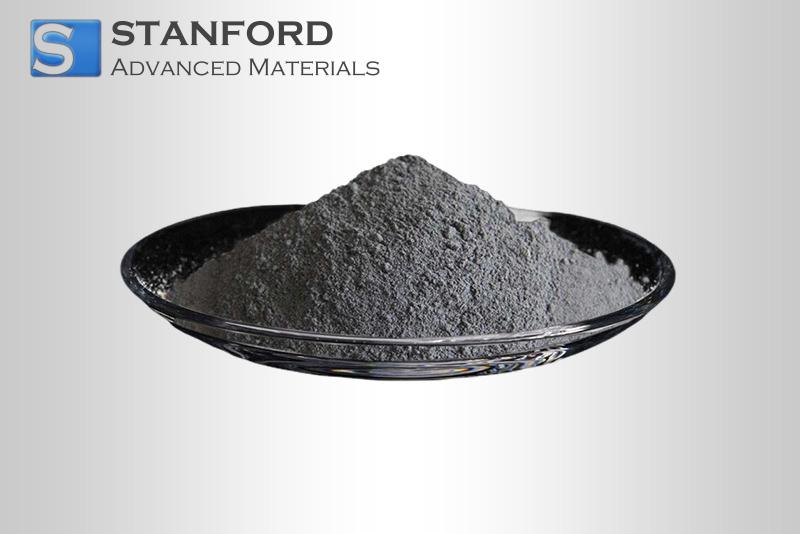
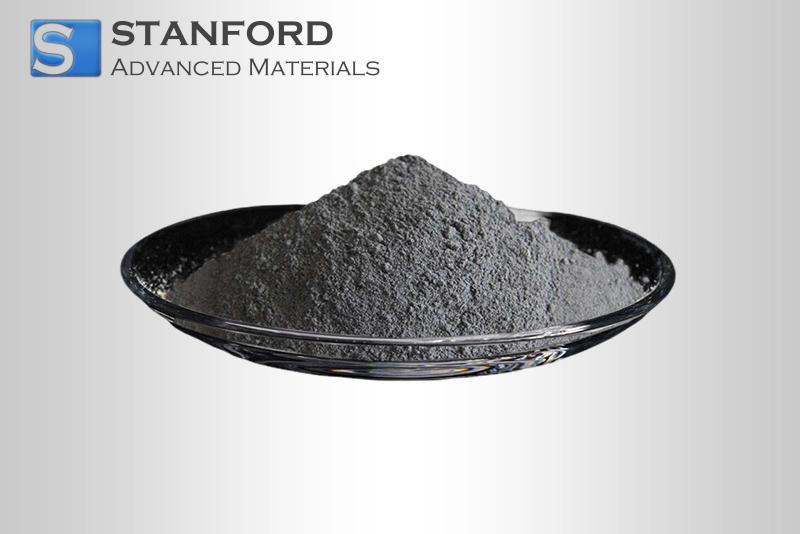
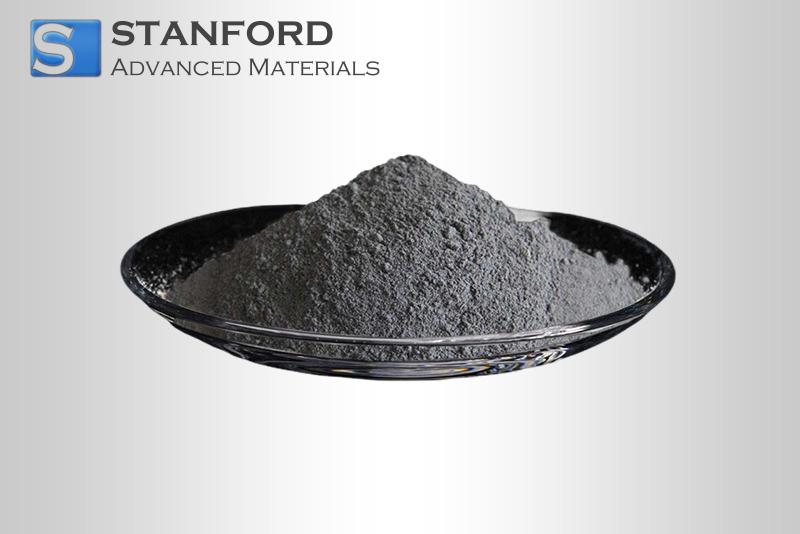
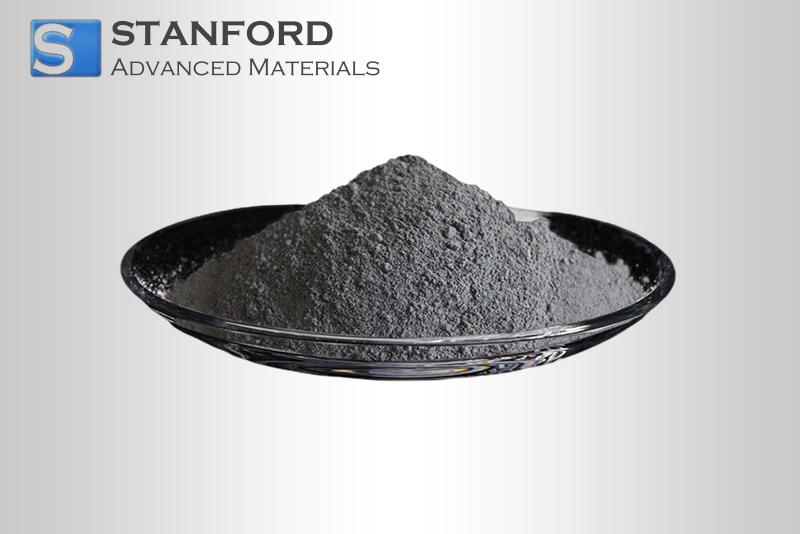
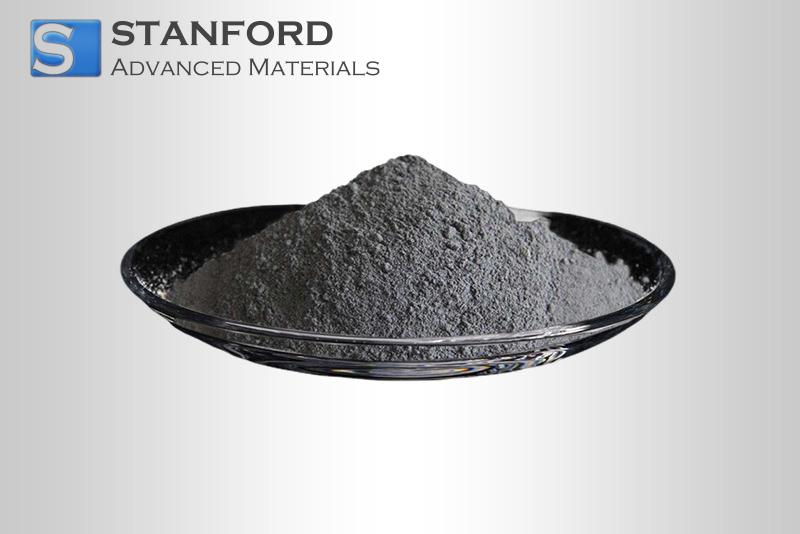
 Chin Trento
Chin Trento



